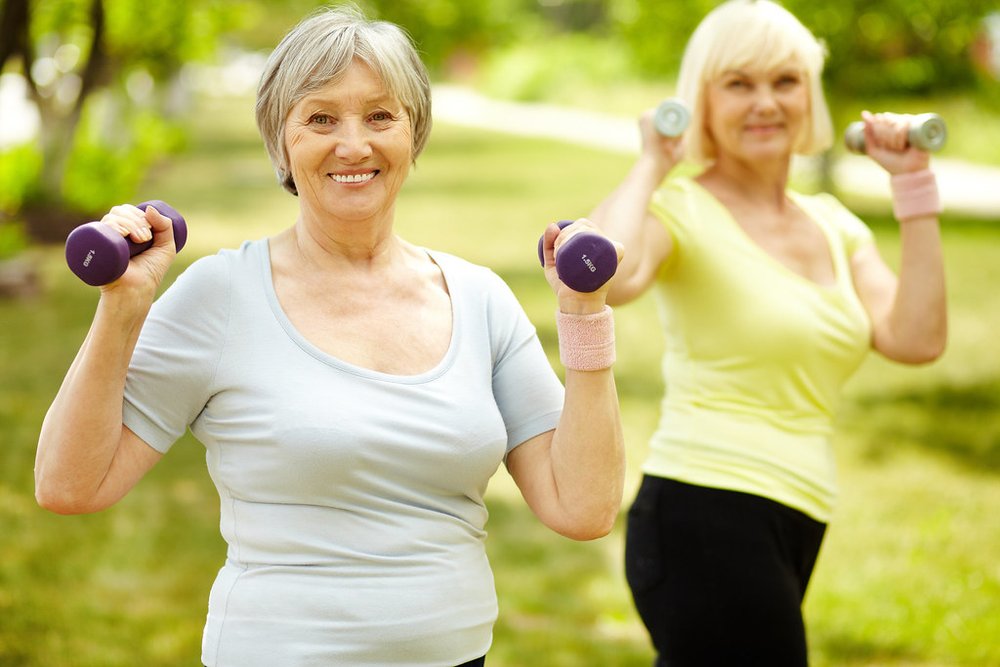Top 5 Tips to Prepare for Knee Surgery and How Home Health Physical Therapy Can Help
I. Knee surgery can be a life-changing procedure
knee Surgery can offer relief from chronic pain and improved mobility. However, the path to full recovery involves careful preparation and diligent post-operative care. Home health physical therapy is an important part of this journey. It provides personalised and convenient assistance to patients, helping them to regain strength and function.
II. Importance of Home Health Physical Therapy in Knee Replacement Recovery

Home Physical Therapy helps
Physical therapy plays a pivotal role in the recovery from knee surgery. It helps restore strength, flexibility, and balance, facilitating a faster return to daily activities.
Home health physical therapy has the benefit of being provided in the comfort of your own home. This eliminates the need for frequent hospital visits. It ensures personalized care and attention, focusing on your unique needs and progress.
III. Top 5 Tips to Prepare for Knee Surgery
1. Pre-Surgery Physical Conditioning
Before undergoing knee surgery, it is essential to physically condition your body. Regular exercises focusing on lower back pain relief and knee pain tips can strengthen your muscles and increase joint flexibility. This can aid in a smoother surgery and a quicker recovery. Your physical therapist can guide you through a customized exercise regimen to prepare your body for the procedure.
2. Managing Medications and Diet
Understanding your medications and maintaining a balanced diet are essential parts of the pre-surgery preparation. Certain medications, including blood thinners, should be avoided before surgery to prevent complications. Incorporating natural pain relief methods into your routine, such as heat or cold therapy, can also be beneficial. Alongside this, maintaining a healthy diet and optimal weight can enhance your overall health and readiness for surgery.
3. Home Preparations
Your home environment should be safe and conducive to recovery. This involves removing tripping hazards, such as rugs and cords, and ensuring frequently used items are within easy reach. Install supportive equipment to help you with daily tasks while you recover, such as a raised toilet seat or a shower chair.
4. Planning for Post-Operative Care
Having a post-operative care plan is crucial. This includes setting up appointments for home health physical therapy. Physical therapists can provide targeted exercises and care to aid in recovery. This type of care is beneficial for conditions like sciatica and arthritis, as well as general back pain. They can help you navigate the recovery process, making it less daunting and more manageable.
5. Support System for Surgery Recovery
Recovery from knee surgery is not a journey you need to undertake alone. Having a solid support system can significantly ease the process. This includes family and friends, but also professional support from a local physical therapy service. Your support system will provide emotional reinforcement and practical assistance when needed, contributing to a more positive recovery experience.
IV. The Role of Physical Therapy in Knee Replacement Recovery
Physical therapy is an integral part of knee replacement recovery. It can help to restore mobility, improve strength, and reduce pain. Specific exercises, guided by a physical therapist, can target areas of weakness and stiffness, promoting more efficient recovery and improved function. With their expert guidance, you can safely and effectively work towards your recovery goals.

V. Conclusion
Preparing for knee surgery involves careful consideration and proactive planning. Incorporate these top 5 tips into your preparation for knee surgery. Understand the value of home health physical therapy. This will set the stage for a successful surgery and a smooth recovery. Do not wait to get help and expert advice from a physical therapy service near you. Our service can help you on your journey to better health and movement.
At Be On The Move Physical Therapy, we offer a unique, patient-focused approach to knee surgery preparation and recovery. We provide comprehensive pre-surgery conditioning and customized post-surgery rehabilitation programs. These programs are delivered directly to your home for optimal convenience and effectiveness.
Our goal is twofold. We strive to provide top-quality physical therapy. We also aim to educate and empower you to take a proactive role in your recovery.
We are dedicated to aiding you in regaining mobility. We want you to lead a life without pain. Our approach to knee surgery preparation and recovery is holistic.
FAQs
1. What is the role of physical therapy in knee surgery preparation?
Physical therapy plays a crucial role in preparing for knee surgery. It can strengthen the muscles around your knee, increase your flexibility, and improve your overall fitness level. This can make your recovery after surgery quicker and smoother.
2. Why is home health physical therapy beneficial after knee surgery?
Home health physical therapy is beneficial as it allows you to recover in the comfort of your own home. A physical therapist can tailor a program to your specific needs, monitor your progress, and adjust your exercises as needed. This can lead to better outcomes and a quicker return to normal activities.
3. What is the importance of a support system during knee surgery recovery?
A support system is essential in the healing process. It can assist in activities that may be difficult post-surgery, such as cooking, cleaning, and getting to appointments. Emotional support is also important for maintaining a positive mindset during the recovery process.
4. What does pre-surgery physical conditioning involve?
Physical conditioning prior to surgery can involve a range of exercises. These exercises are designed to strengthen the muscles around the knee, as well as increase endurance and improve balance and flexibility. This can help you to better withstand the stresses of surgery and recover more quickly afterwards.
5. How can natural pain relief methods assist in recovery from knee surgery?
Natural pain relief methods can help manage pain after knee surgery. Examples include gentle exercises, heat or cold therapy, and massage. These methods can be used in combination with medication to provide a more comprehensive approach to pain management.
6. What tips can help with knee pain before and after surgery?
Physical therapy exercises, maintaining a healthy weight, using heat or cold therapy, taking over-the-counter pain relievers as directed by your doctor, and taking breaks from activities that cause knee pain can all help to manage knee pain before and after surgery.
7. What does post-operative care involve after knee surgery?
Post-operative care after knee surgery includes several components. Medication, physical therapy, and lifestyle modifications are all part of the post-operative plan. Additionally, regular follow-up appointments with your doctor are necessary. Your care team will create a personalized plan to help you recover and regain your mobility.
8. How long does recovery from knee replacement surgery usually take?
The recovery time can vary widely depending on the individual, the type of surgery performed, and the person’s overall health. Generally, it can take several weeks to several months to fully recover from knee replacement surgery. Your doctor and physical therapist can give you a more specific timeline based on your individual circumstances.
9. What does knee replacement recovery involve?
Knee replacement recovery involves managing pain, restoring strength and mobility through physical therapy, and gradually resuming normal activities. It’s important to follow your doctor’s instructions and to be patient with yourself during the recovery process.
10. Can I do physical therapy exercises at home?
Yes, many physical therapy exercises can be done at home under the guidance of a professional. Home health physical therapy allows you to work on your recovery in a familiar and comfortable setting. Always follow the instructions given by your physical therapist to ensure you’re performing exercises correctly and safely.
See you soon,
//❤️ Trudy//
Disclaimer: The information provided in this blog post is for educational purposes only and is not intended as medical advice.
Every individual's situation is unique, and the content may not apply to your specific circumstances.
Always consult with your healthcare provider for personalized advice before starting any new exercise or treatment plan.
Be On The Move encourages all readers to maintain regular appointments with their doctors and to discuss any questions they may have about their conditions or any other health concerns.
Importance of Physical Activity for Older Adults!
by Trudy Diraj on 2023-05-23
Experience top-quality in-home care
Book a Visit
Be On The Move
In-Home Physical Therapy
Be On The Move is the leading provider of in-home physical therapy in Florida. We proudly deliver exceptional care to hundreds of patients, helping them regain mobility and independence in the comfort of their own homes.

Trudy D
PT
Trudy D is a highly skilled physical therapist with extensive clinical experience in outpatient orthopedic and neurological disorders. Her comprehensive background underscores her deep clinical knowledge and commitment to exceptional patient care.


